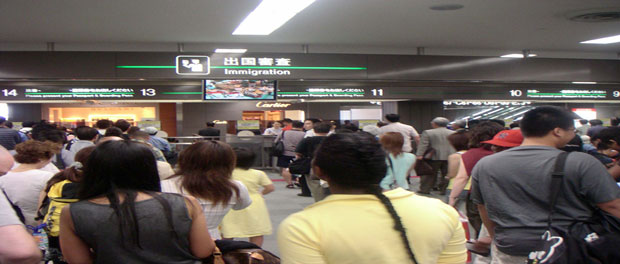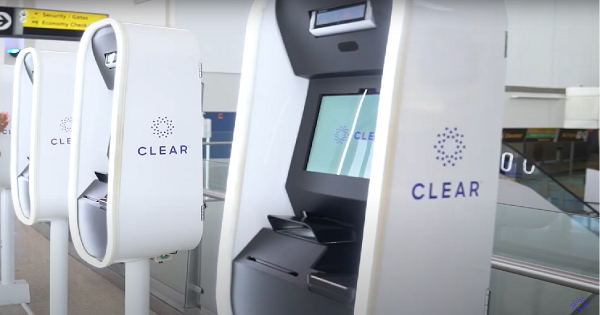Authorities in Japan are to start using mobile terminals at airports that will take photos and fingerprints of foreign visitors while they are queuing for immigration in a bid to speed up arrivals procedures.
Japan has recently seen a big increase in foreign visitors and that has led to long queues and increased waiting time at some airports.
In an attempt to speed up the process the authorities intend to capture the biometric data of arriving passengers while they are in the queue.
They will be using a mobile terminal, called a biocart, that can collect passengers’ images, fingerprints and passport details, meaning the information will already be available to immigration when the passenger gets to the front og the queue.
As well as speeding up the arrivals process it should ease the workload of immigration staff.
All Japanese airports dealing with international flights are expected to be fitted with the terminals from April 2016.
Japan’s Justice Ministry says that the longest waiting time for immigration during a half-year period from January was 36 minutes at Kansai airport in Osaka, 24 minutes at Haneda airport in Tokyo and Chubu airport in Aichi prefecture and 20 minutes at Narita airport near Tokyo.
A senior ministry official said:
“Depending on the person, it may only take half the time it has taken now to get through immigration.”
N.B. Image credit:







